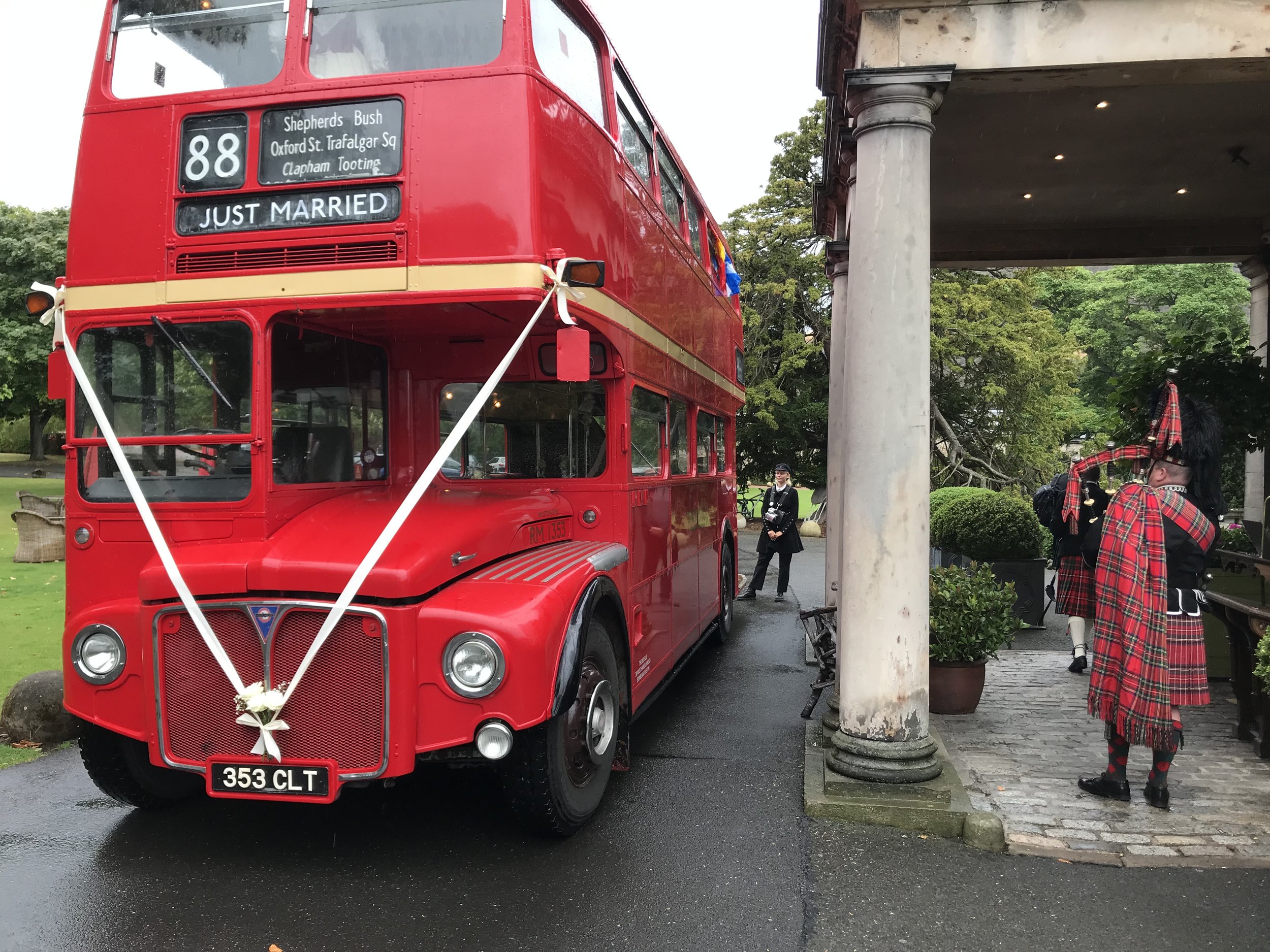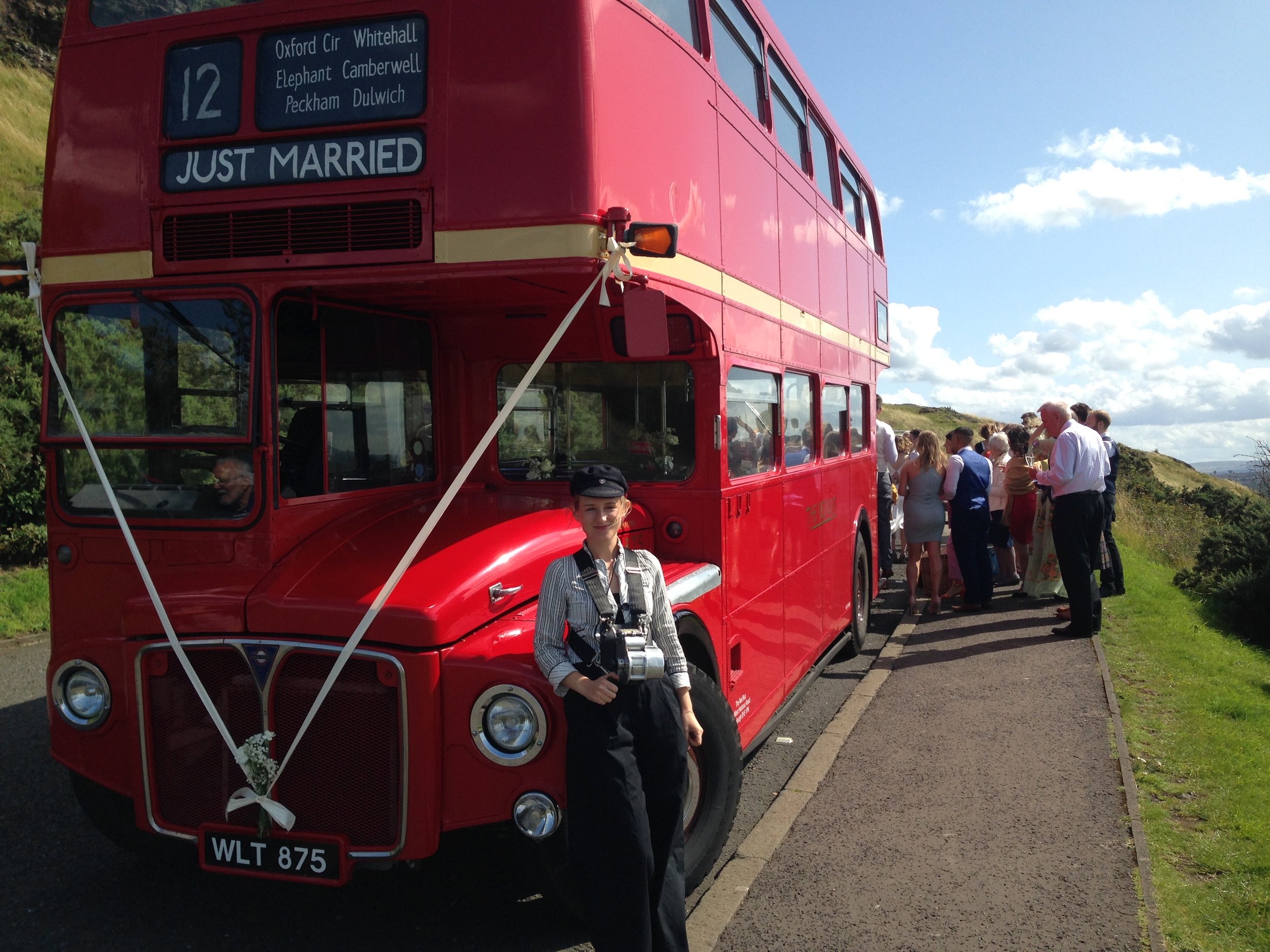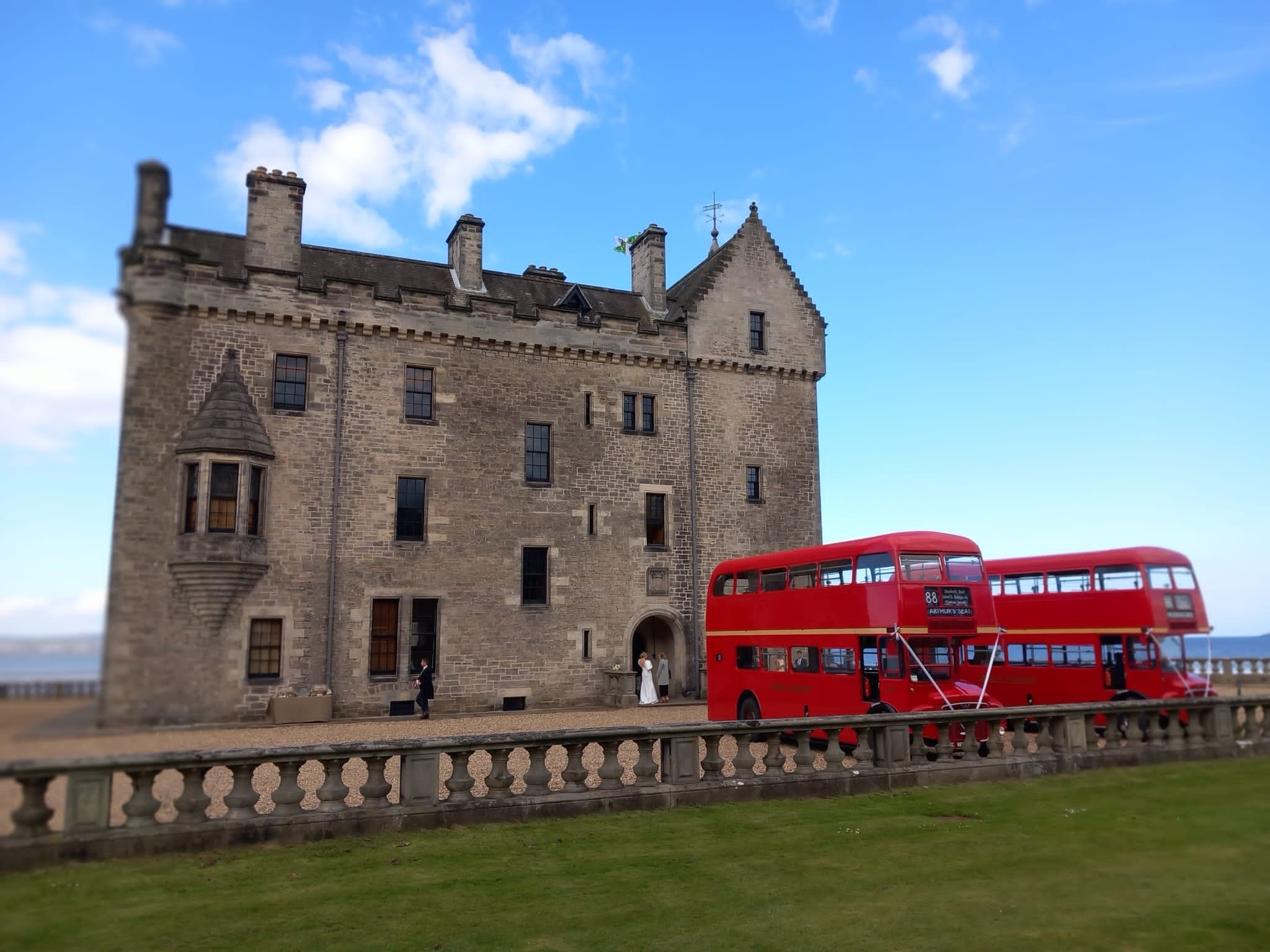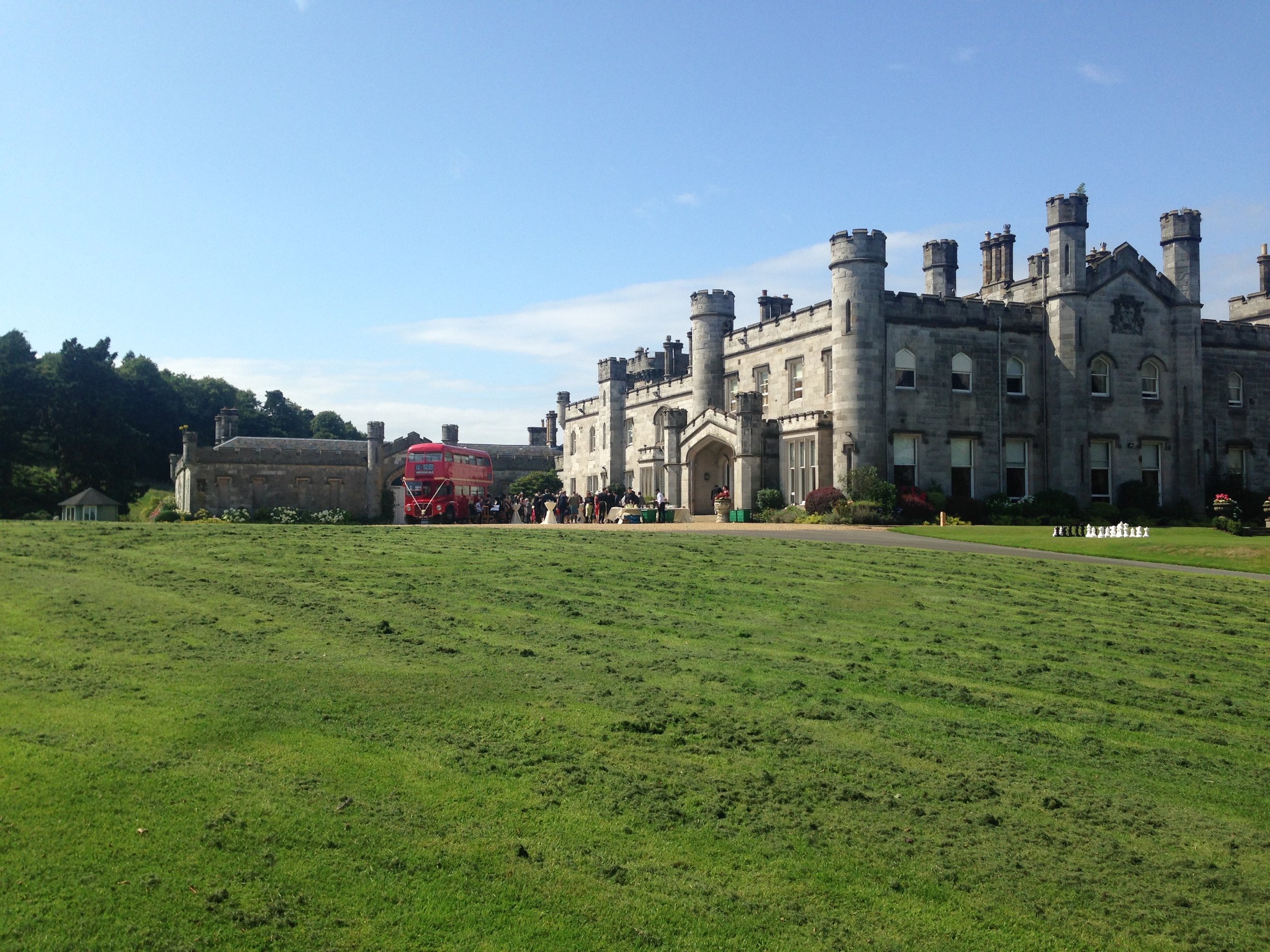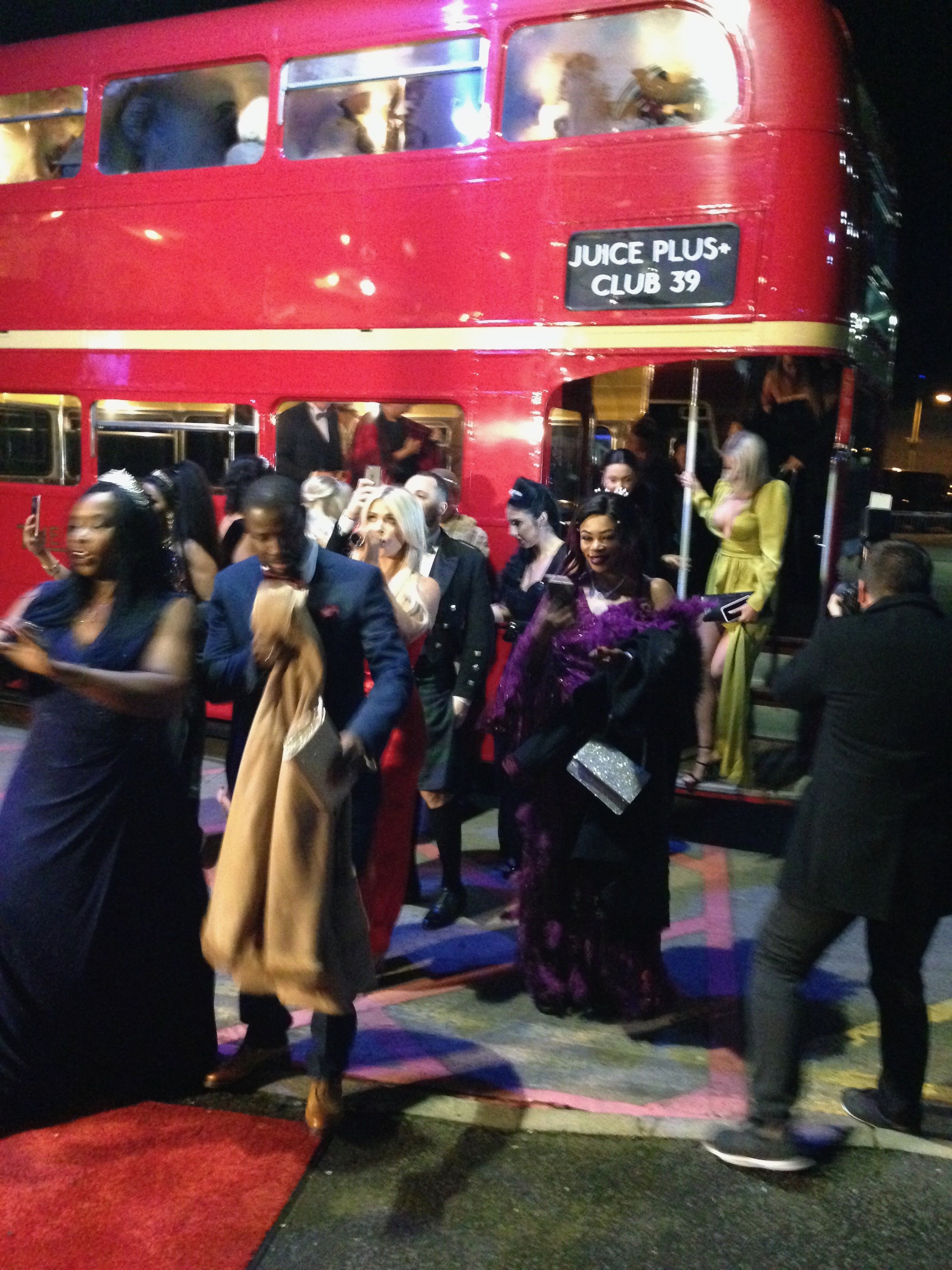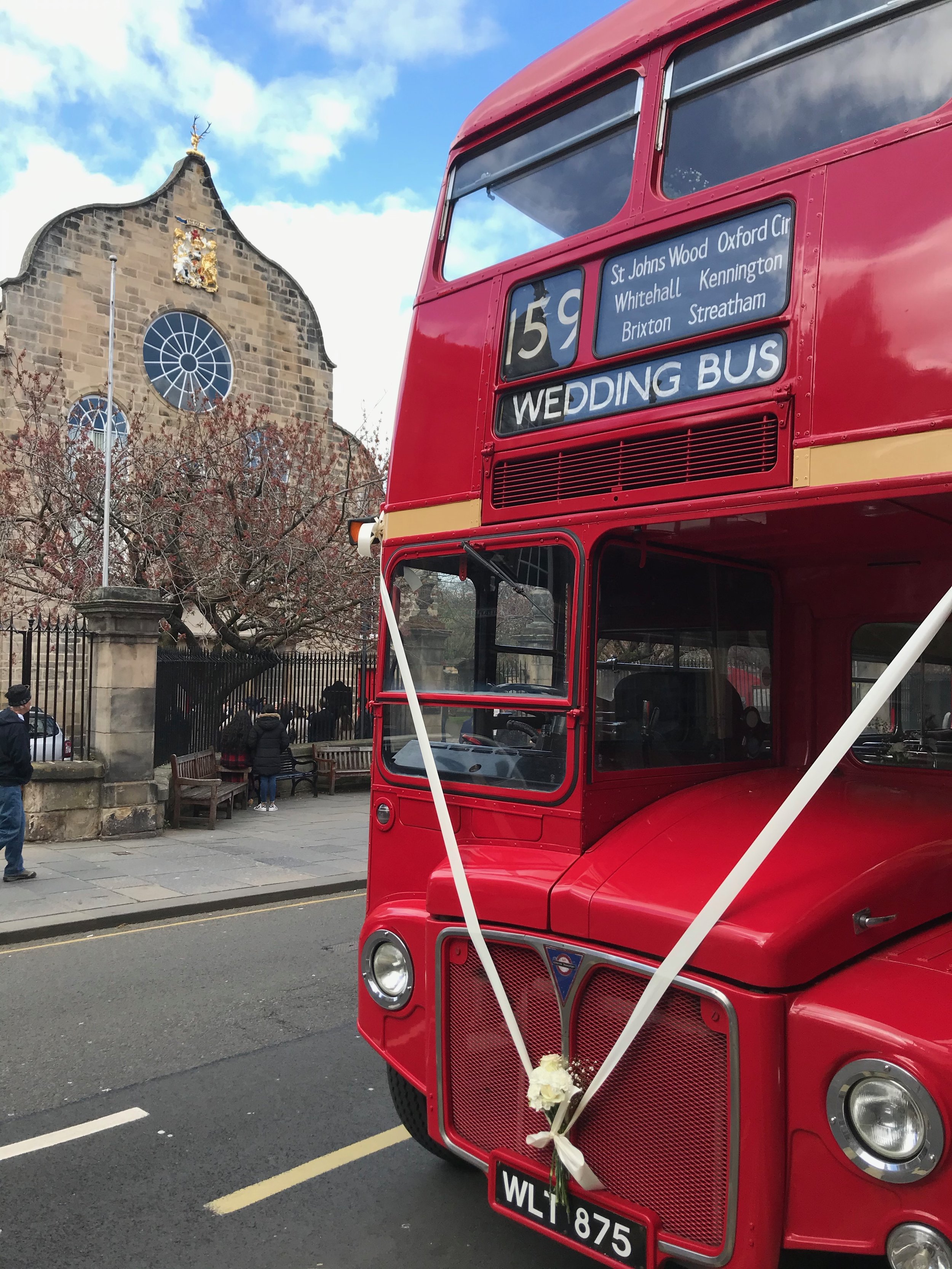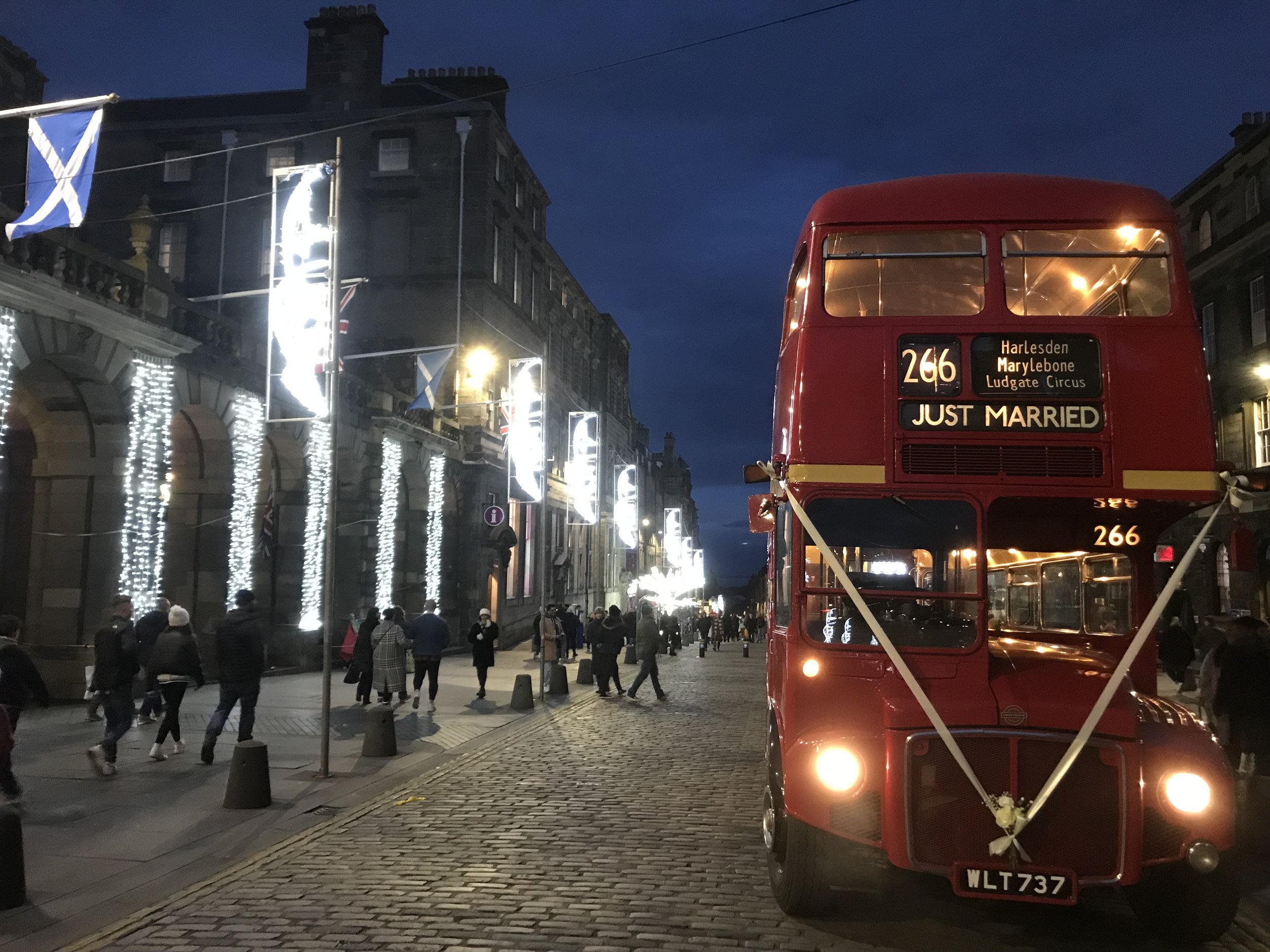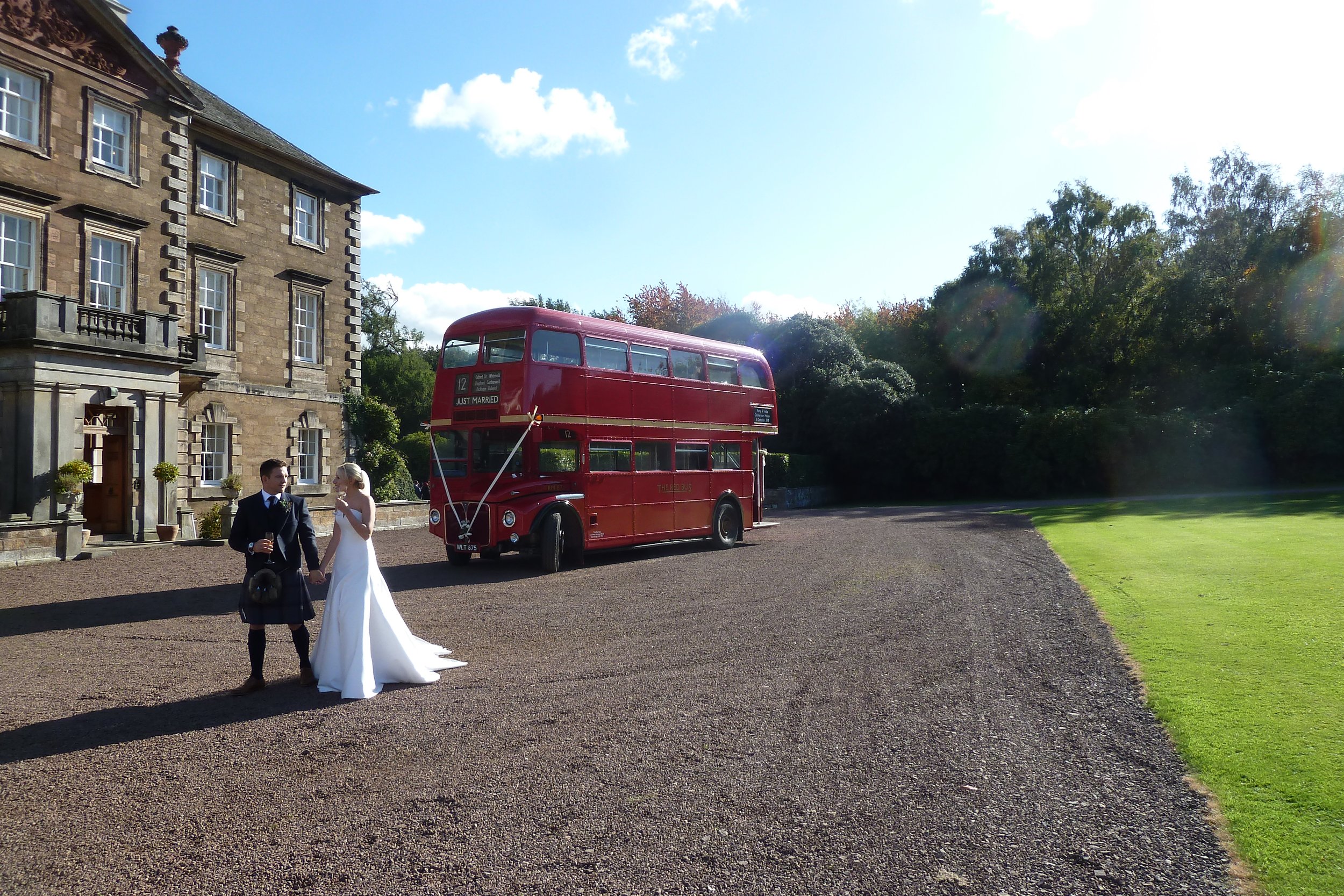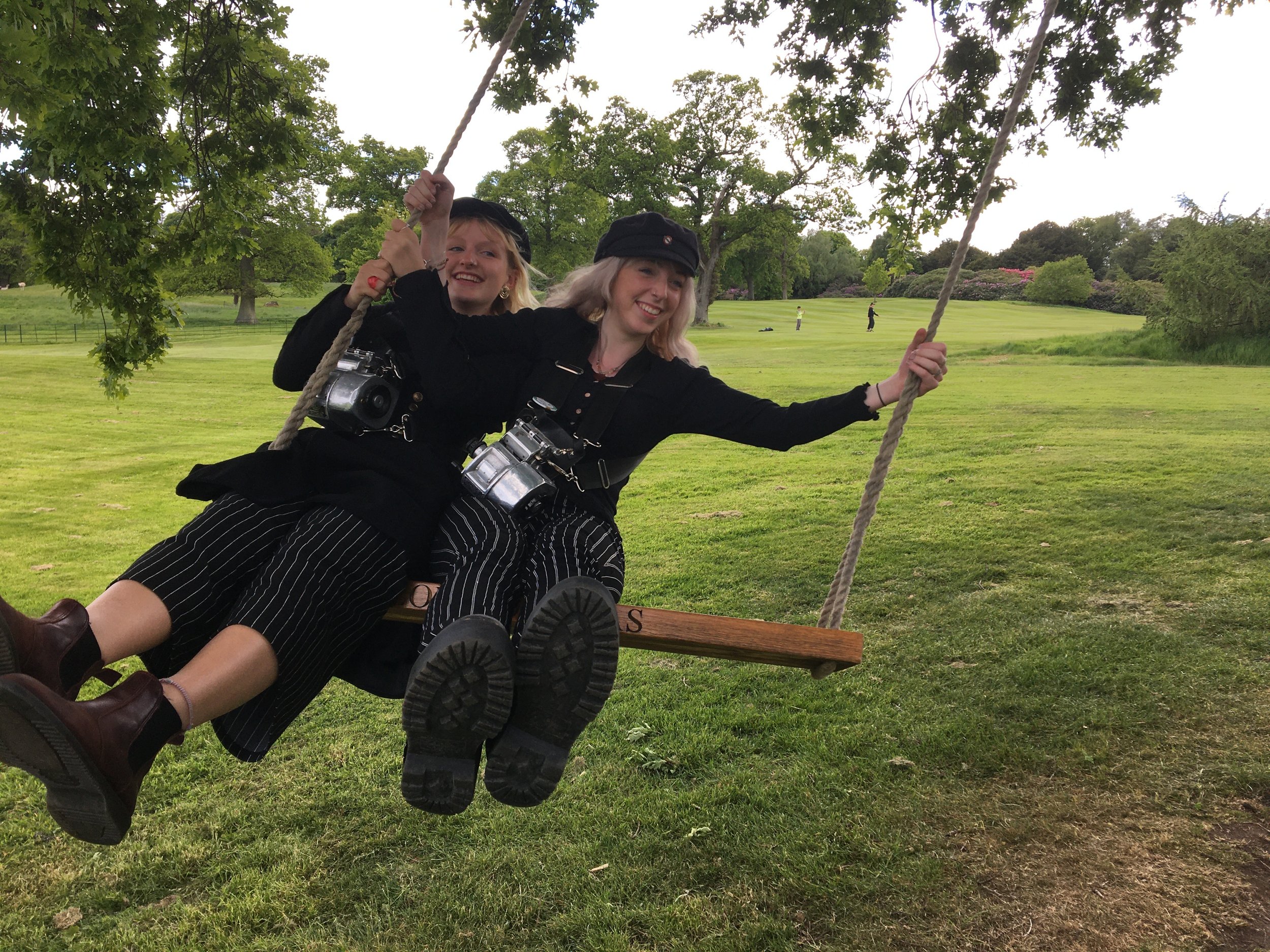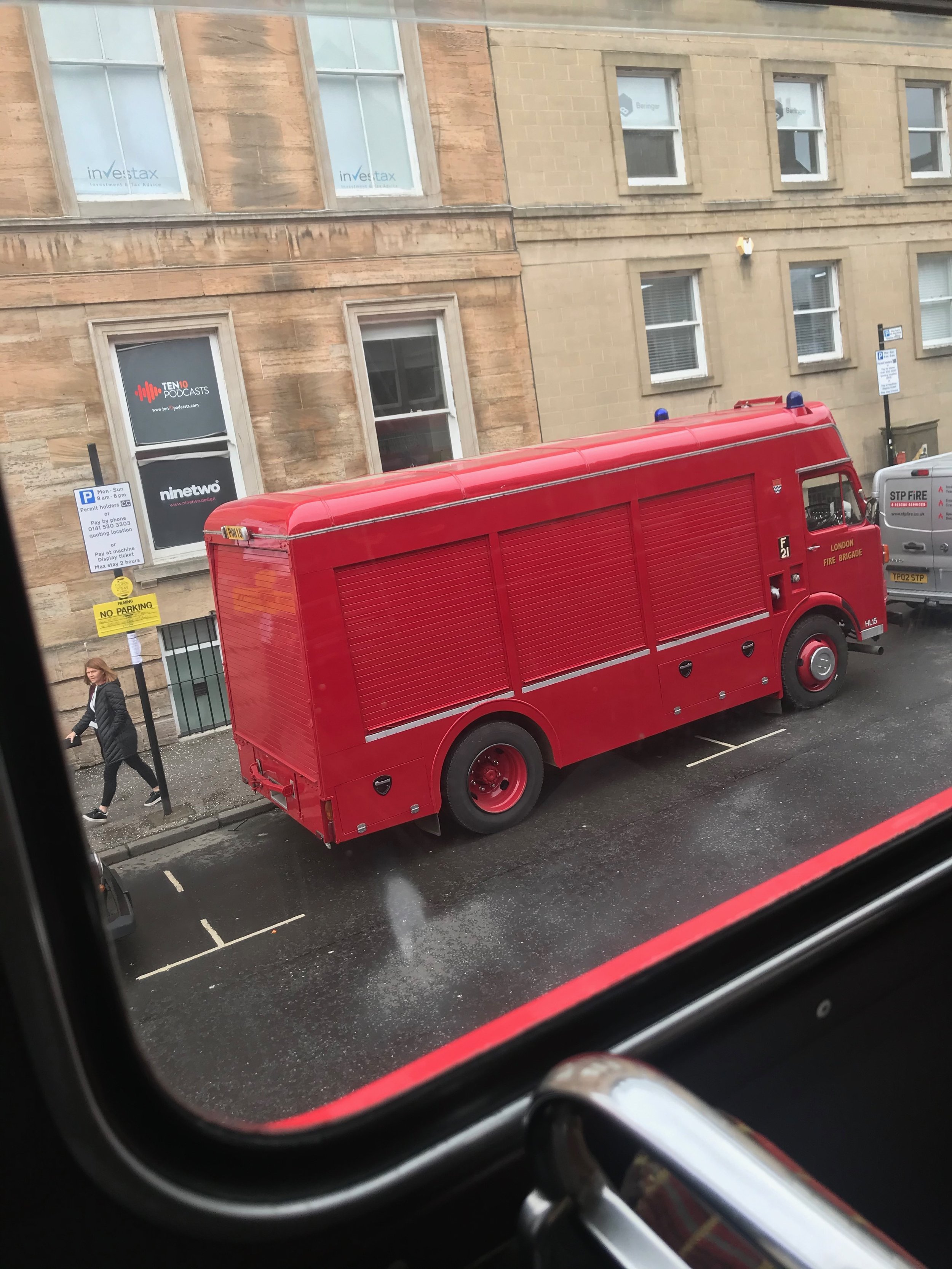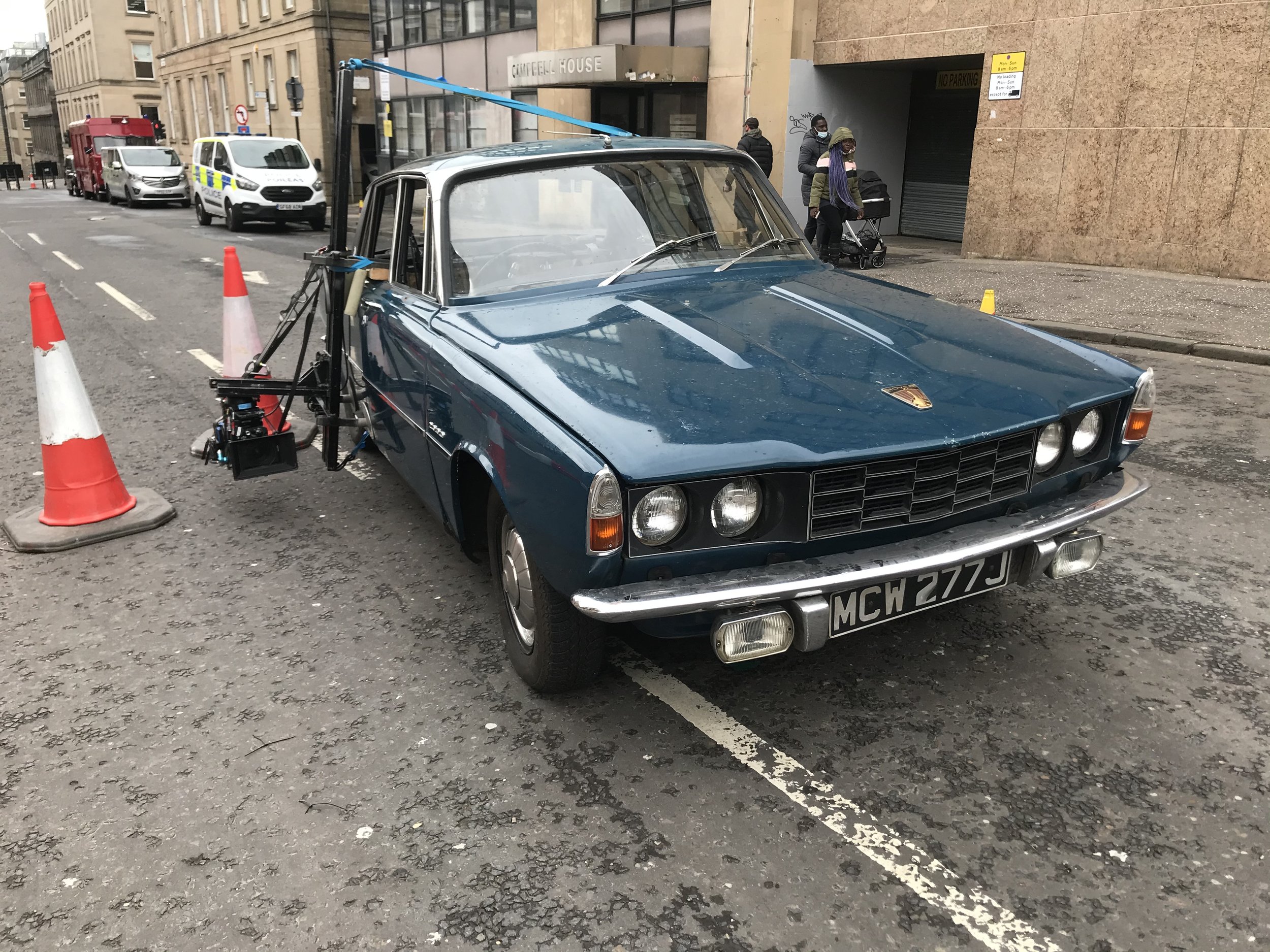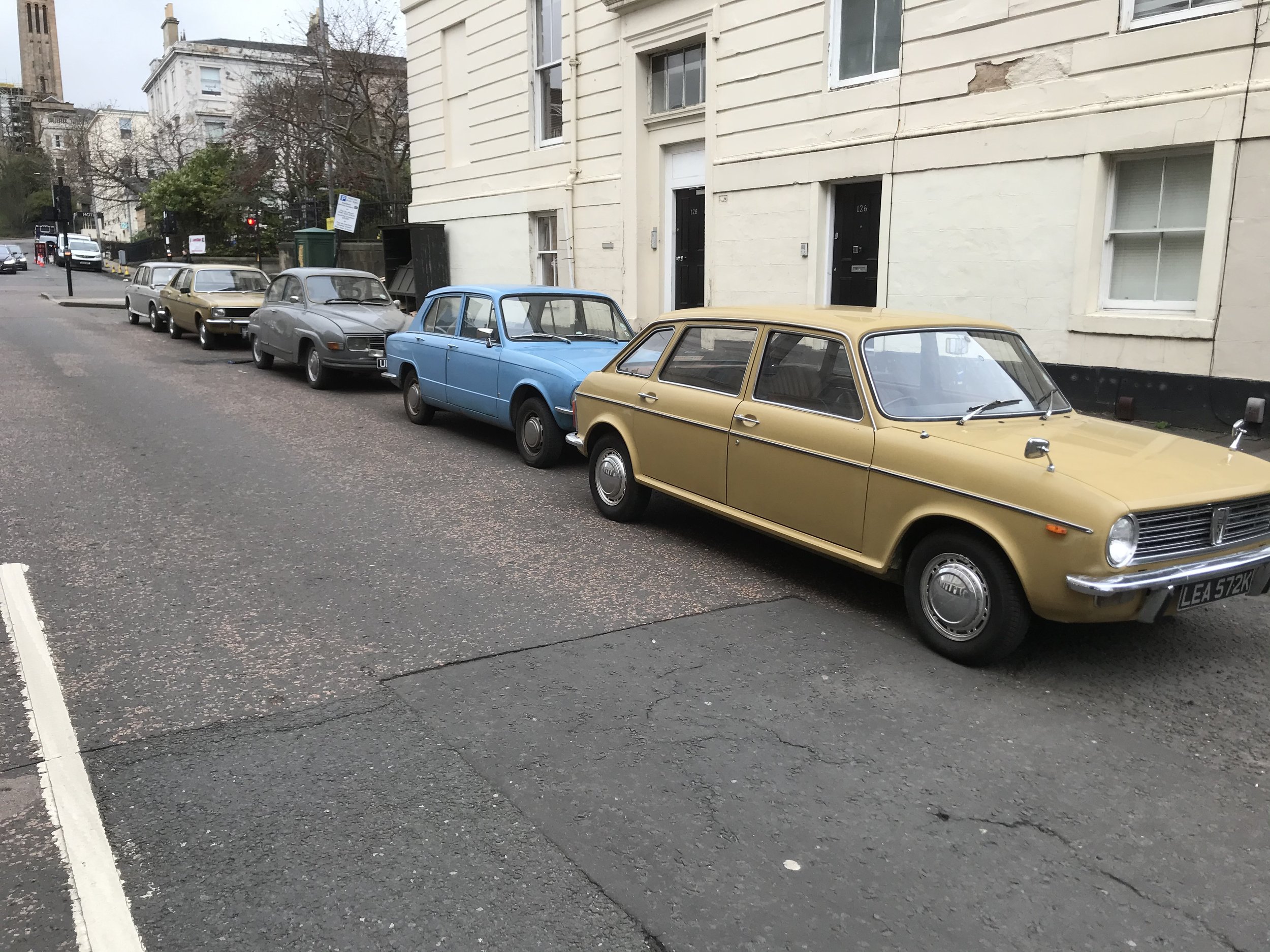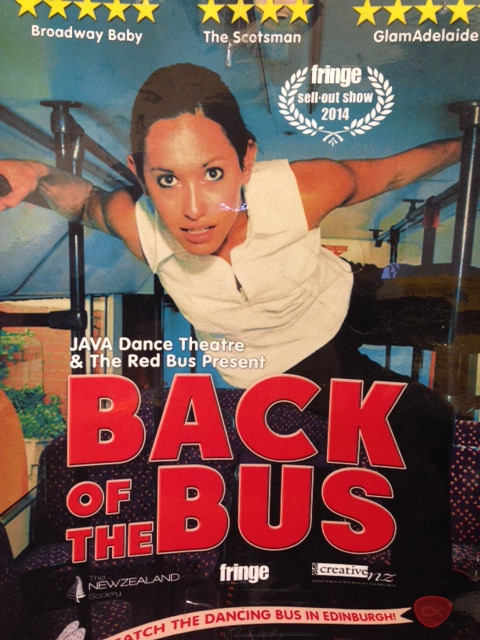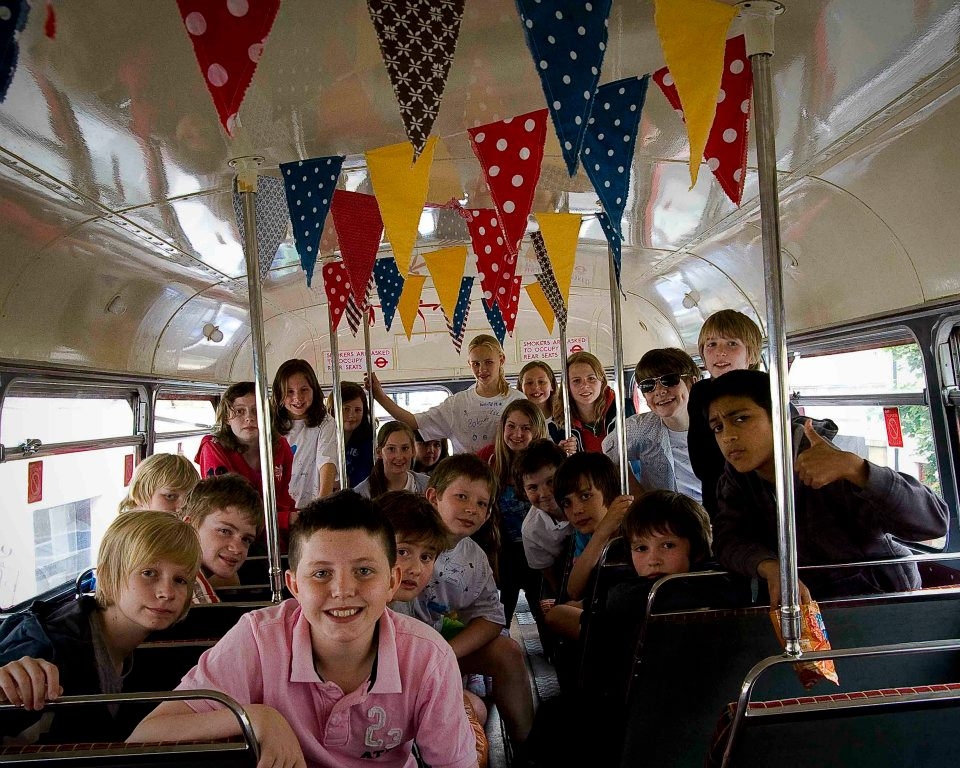In the second of our series, Martin Denman tells us how buses – and choirs – have been central to his life in England and Scotland and why the sound of a good AEC engine is still music to his ears.
You got into bus preservation quite young, didn’t you?
Yes, I would log every detail of the fleet, and noticed one vehicle showed the unladen weight graphic was different on one side from the other. So I wrote to the Transport Manager about this discrepancy, and in his reply he suggested that I should join the Lincolnshire Vintage Vehicle Society. This I did and made some long-term friends there. In the school holidays I would spend many hours helping to restore an ex Bolton Leyland TD1, and also became involved in other aspects of restoration.
What are your earliest bus memories?
I was born in Lincoln and lived there until my early twenties. I was a bus spotter as a young boy and would go with my pal to the end of our road, which joined the Lincoln to Newark route A46 – where there were lots of buses and coaches heading for the Lincolnshire coast from the Midlands. We both had a little ledger, the ABC Book of British Bus Fleets, and we’d tick off the ones we’d seen. We just loved all the different liveries.
Lincoln Corporation had a fairly small fleet, mostly Leyland Titans, with some Guy Arabs too. Once the city went against the norm and bought four AEC Bridgemasters, which were low-height buses with exceedingly soft suspension. We nick-named them Bouncemasters.
I also loved visiting London in my teenage years and riding on RTs and RMs.
What happened after you left school?
I got a job with BBC Scotland as a sound engineer in Glasgow. Here I discovered many independent companies operating second hand half-cab buses – such as Grahams, Cunninghams, and McGills – but I didn’t get involved in preservation in an organised way until a group of five of us set up the Glasgow Vintage Vehicle Trust in 2002. I became the first chairman of the group and we took occupancy of the only purpose built bus garage in Glasgow, at Bridgeton, Built in 1965. It was mammoth task to get the place fit for use again, but somehow we did it.
Did you get behind the wheel?
A friend of mine had started the first open top tours of Glasgow and I found myself driving on those when things were quiet in my day job. They were branded Discovering Glasgow Tours, which eventually became a franchise of the City Sightseeing brand. I also did some long-distance coach driving too!
What’s it like with private hires on The Red Bus?
It’s much more enjoyable as there's an opportunity to interact with the passengers on a wedding hire or private tour. Many guests like chatting about the buses and I have to say I’m staggered how many beautiful castles and country houses there are around Edinburgh, places such as Dundas Castle.
On corporate tours, my favourites are when the guide doesn’t mind where you go – they leave it up to you and are happy to commentate on whatever’s around them.
What’s your favourite kind of bus? No pressure!
It has to be the Routemaster. I do like the engine sound. It just feels good to drive; it’s such a well-designed vehicle. I get a buzz when Lothian drivers give you a wave. Occasionally they ask me through the window if I want to swap vehicles if we are stuck in traffic! However I do think they’re one of the most attractive vehicles and forever will be.
Tell us about the singing
At school I was persuaded to join the local church choir (my father was the organist!) and my singing restarted many years later, in the 1980s, after I moved to Glasgow and joined a male voice choir in Bearsden. Twenty years later I moved to Erskine and sampled choirs ranging in repertoire from chamber music, to musicals, rock and jazz.
A short anecdote: once on the way to a wedding venue, we were held by traffic police due to an incident. To pass the time I led the downstairs passengers in singing 'O Flower of Scotland' !
Currently I’m in my eighth year with SingaLoud, a community choir based in East Dunbartonshire.
Have you owned any vintage buses yourself?
Over time I’ve had a Fife Leyland National, a two-door London Transport National, which I sold to the Scottish Vintage Bus Museum. Then I had a Leyland Olympian for a number of years.
Any other interests?
I also do voluntary work with Forestry and Land Scotland at my local woodland (called Boden Boo), where I am the warden. This entails maintaining the path network and the inevitable litter picking.
Thanks Martin. It’s great to have you on board!
















